Building the Module: https://hackaday.io/project/167633-just-another-whole-home-control-system/log/168999-building-the-psu
Adding the Automated Curtain Rod Module: https://hackaday.io/project/167633-just-another-whole-home-control-system/log/168845-automated-curtain-rod-module
Sensor and LED Controller Project: https://hackaday.io/project/167632-just-another-room-sensor
 Jason
Jason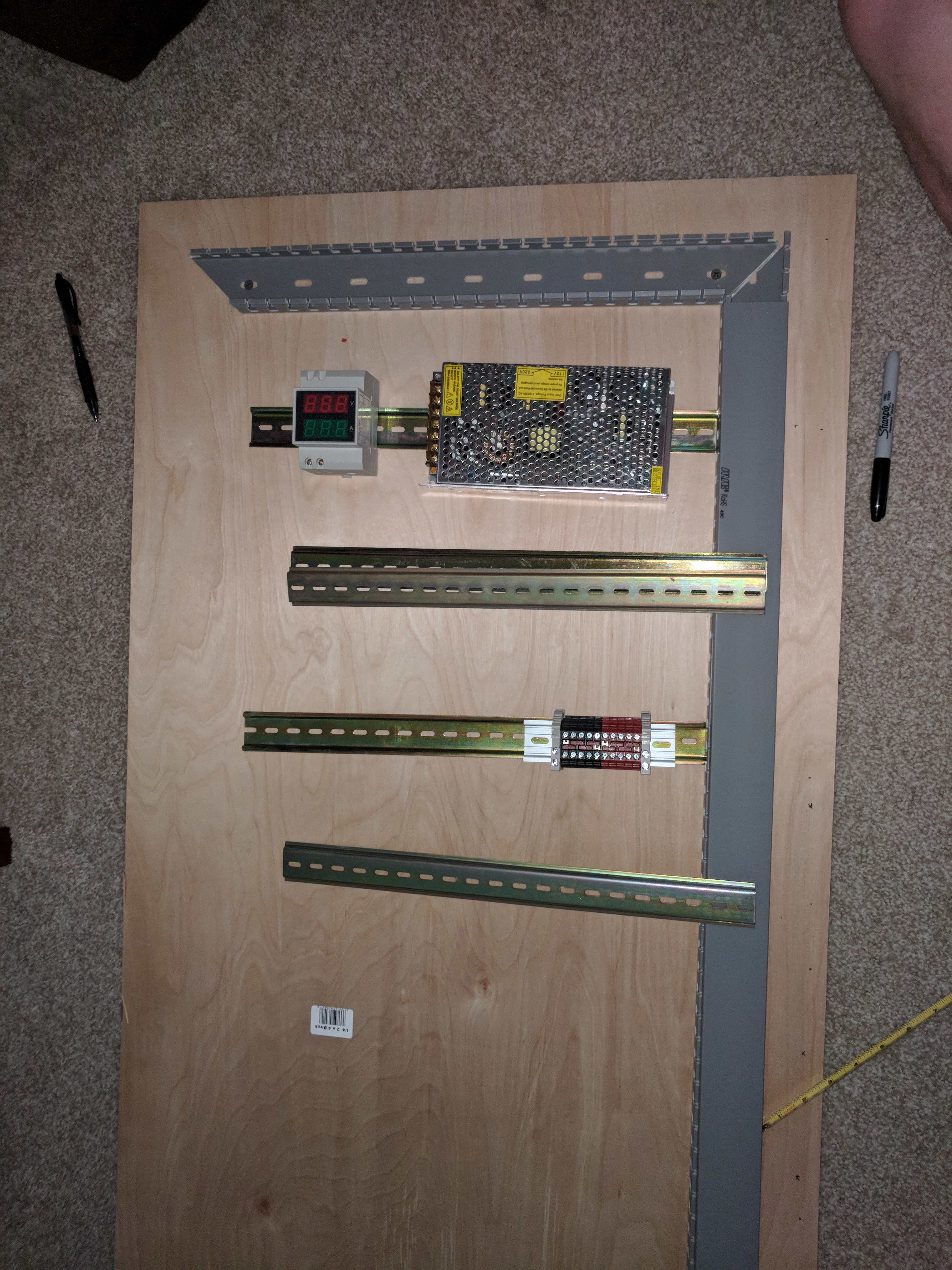

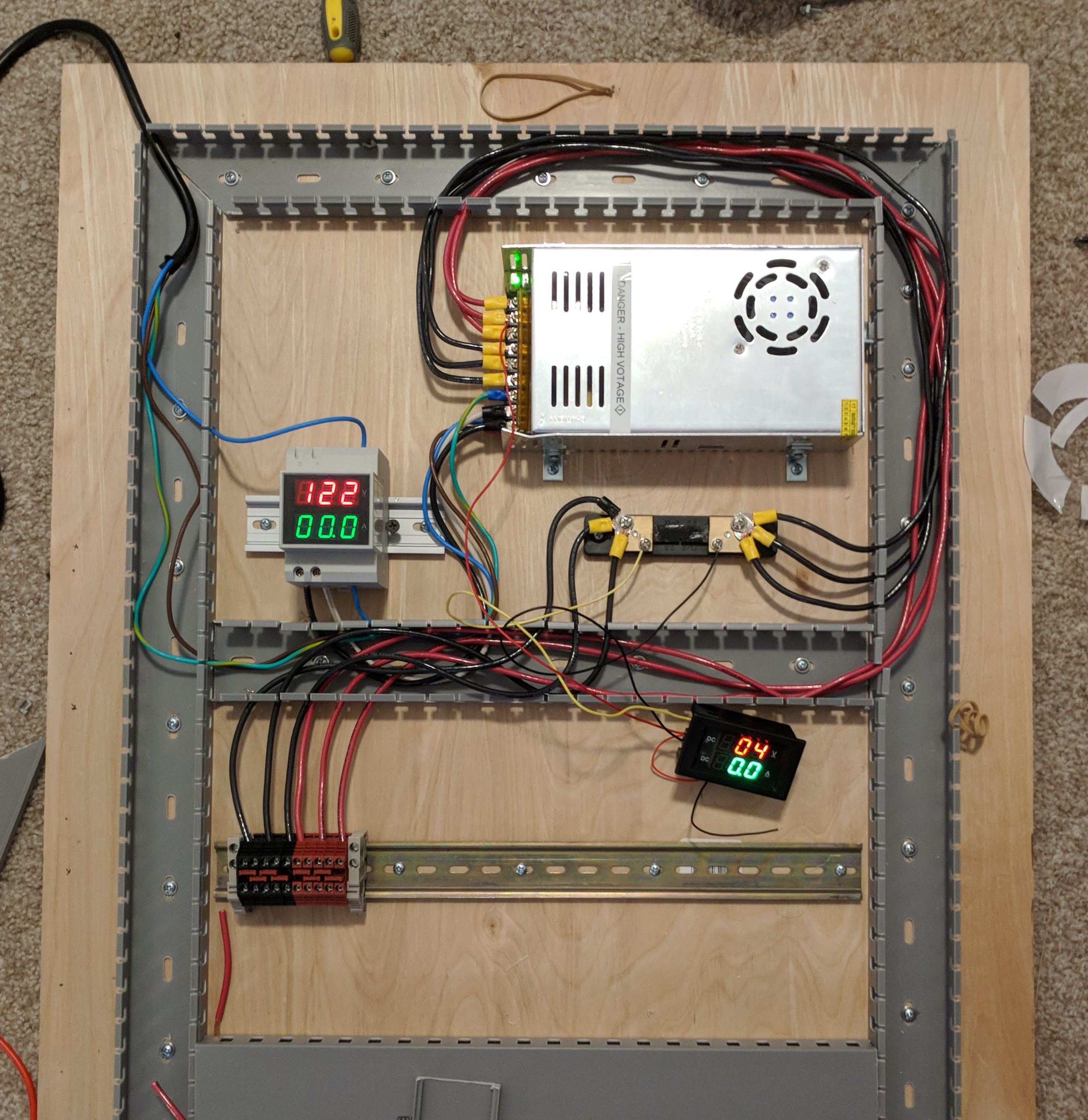
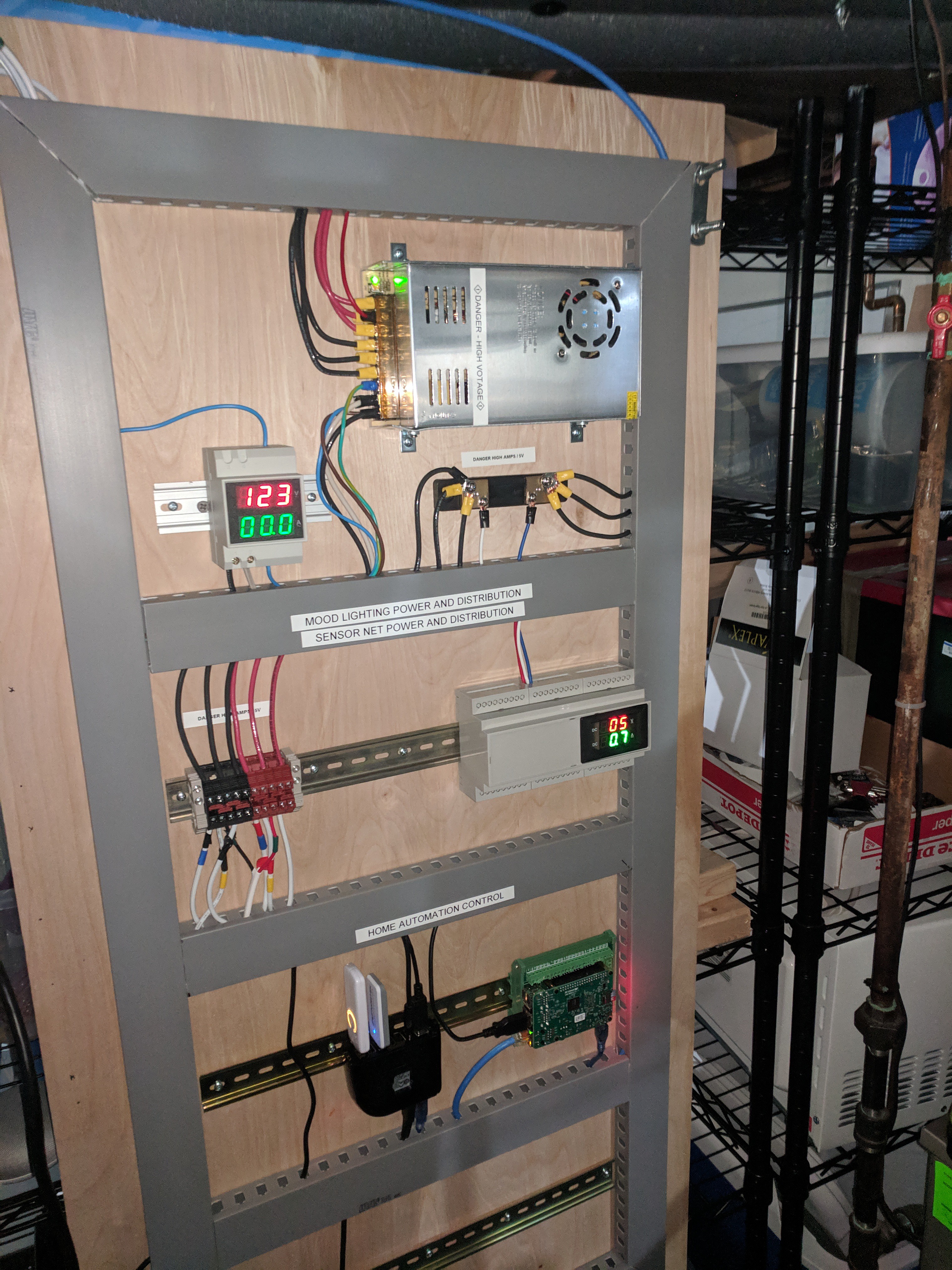
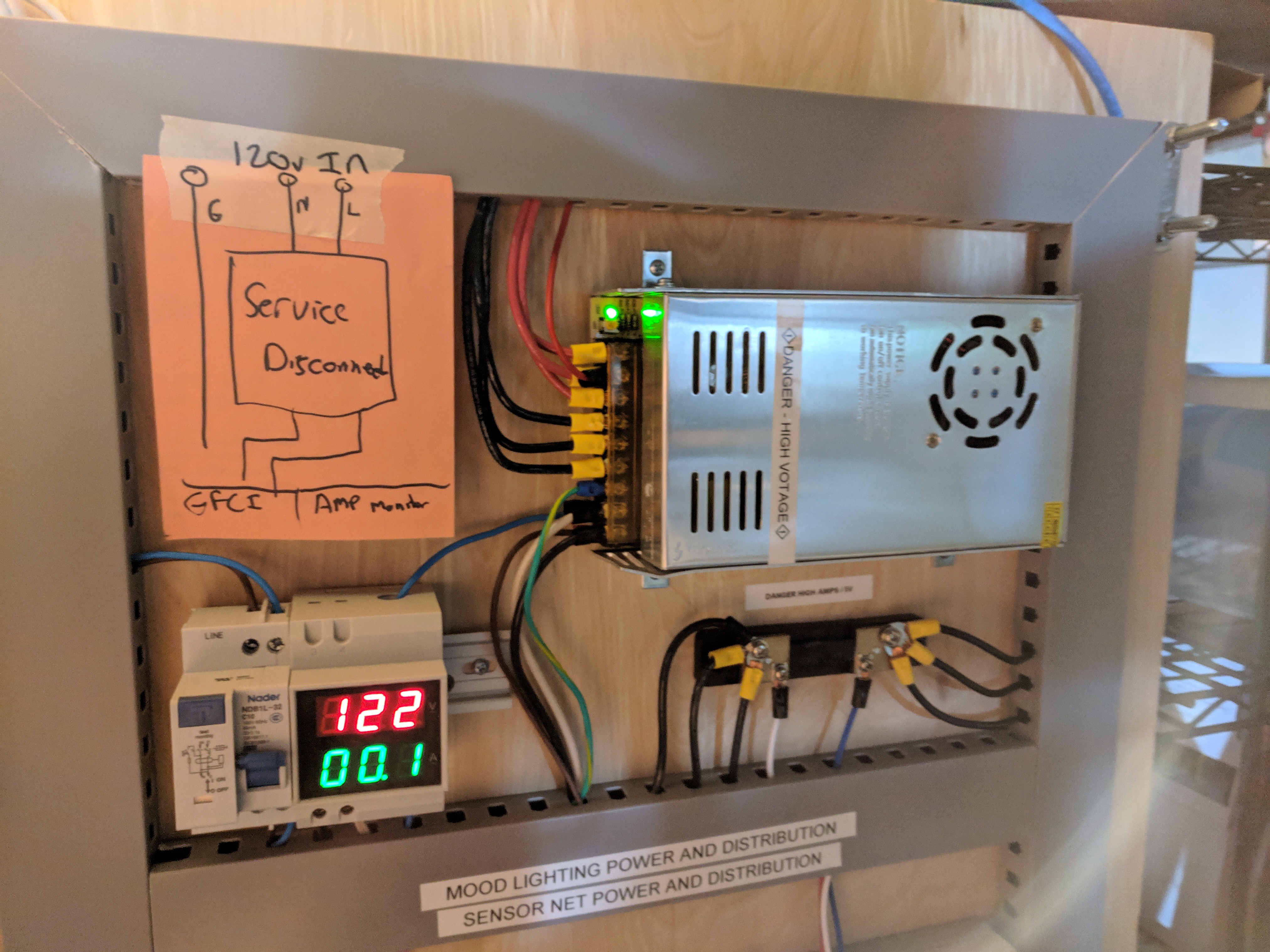
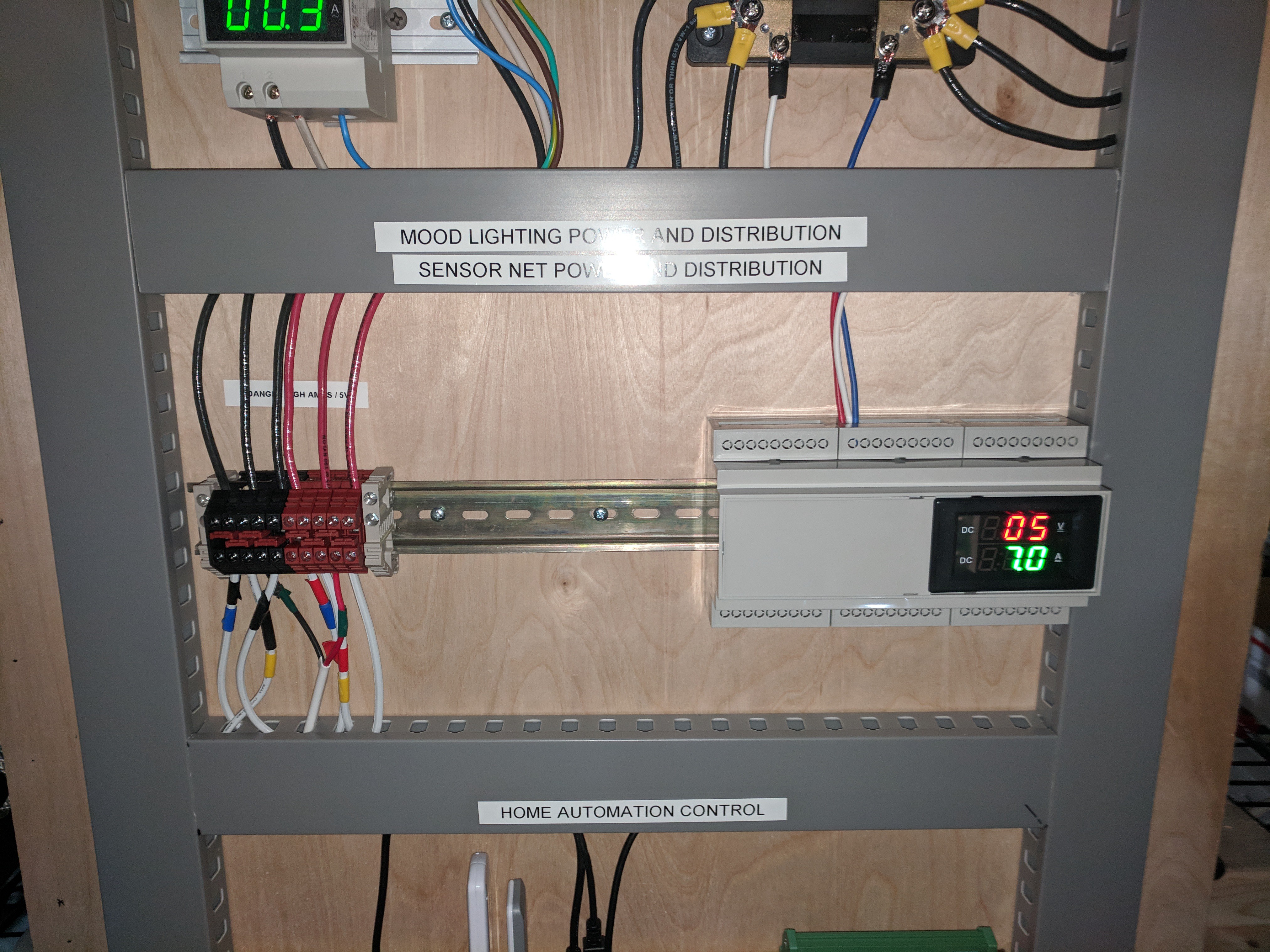

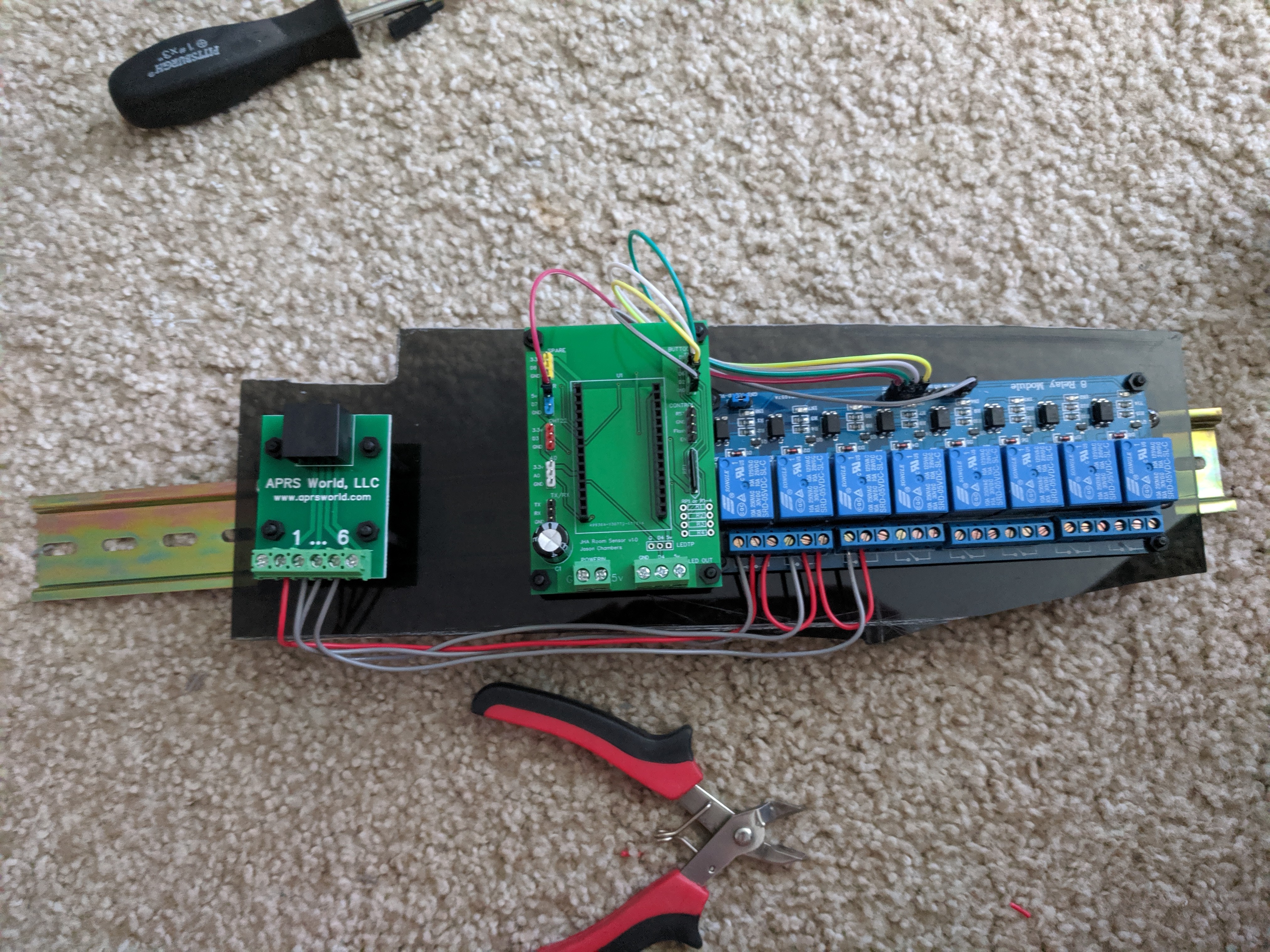
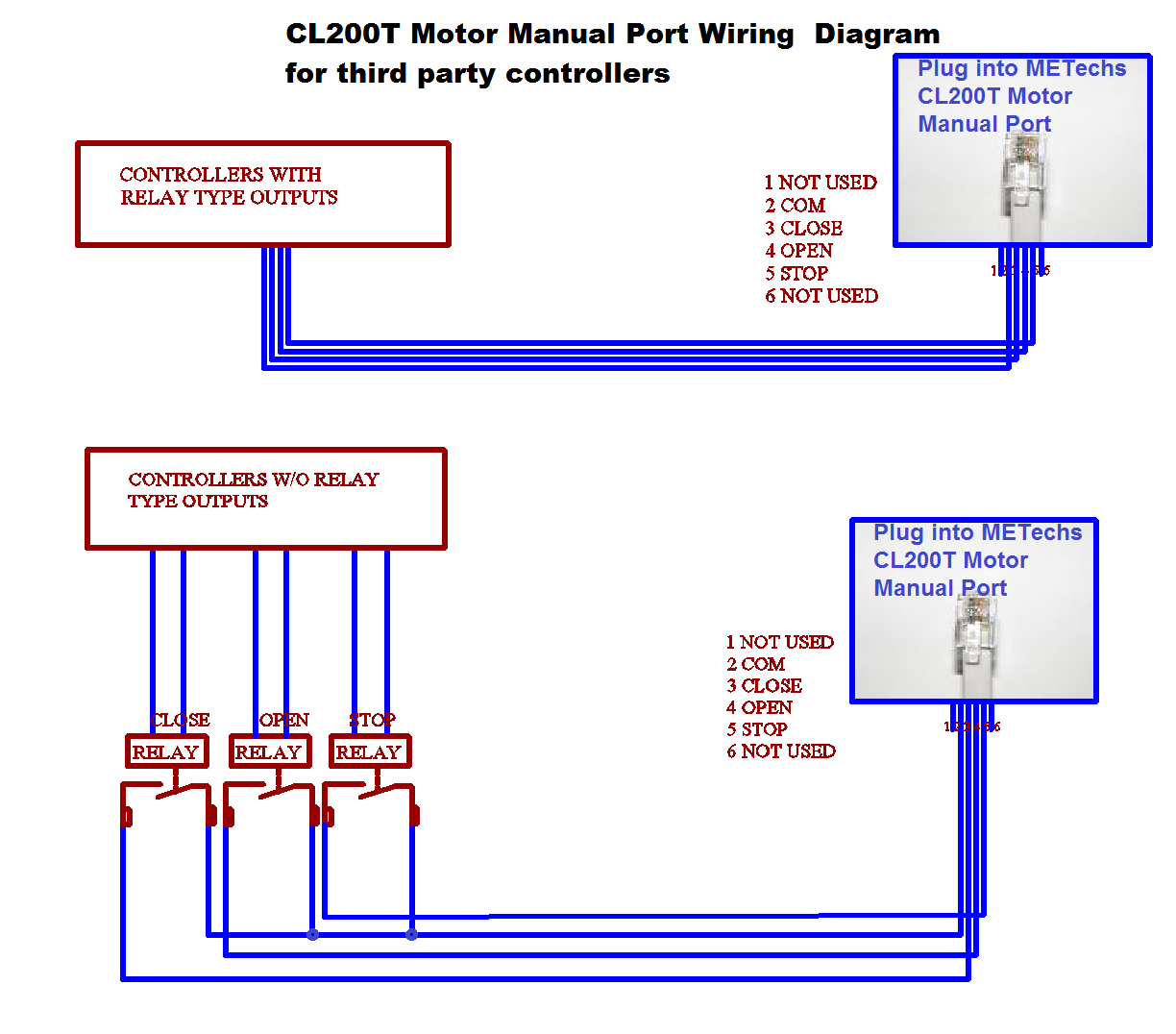



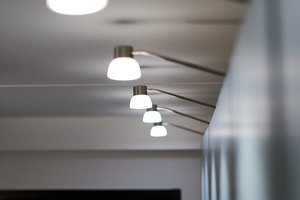

 Michele Perla
Michele Perla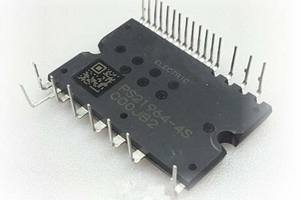
 Electroniclovers123
Electroniclovers123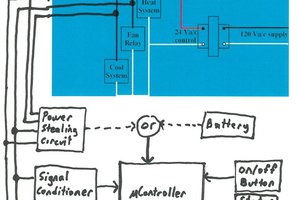
 Quinn
Quinn
I do love DIN rails and ducting. And nice move leaving some room for expansion. Cabinet and panel makers all too often cram everything into the smallest space possible.